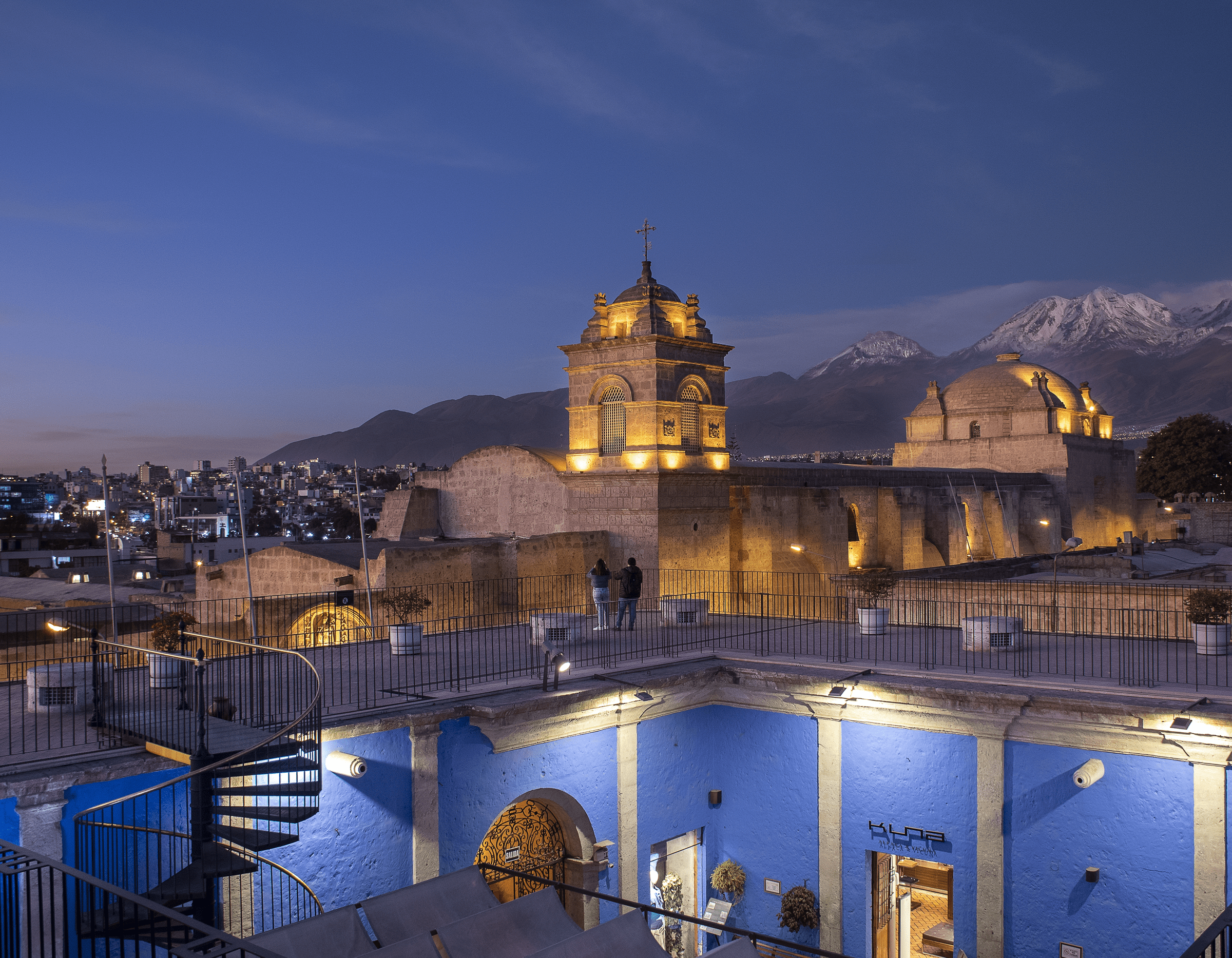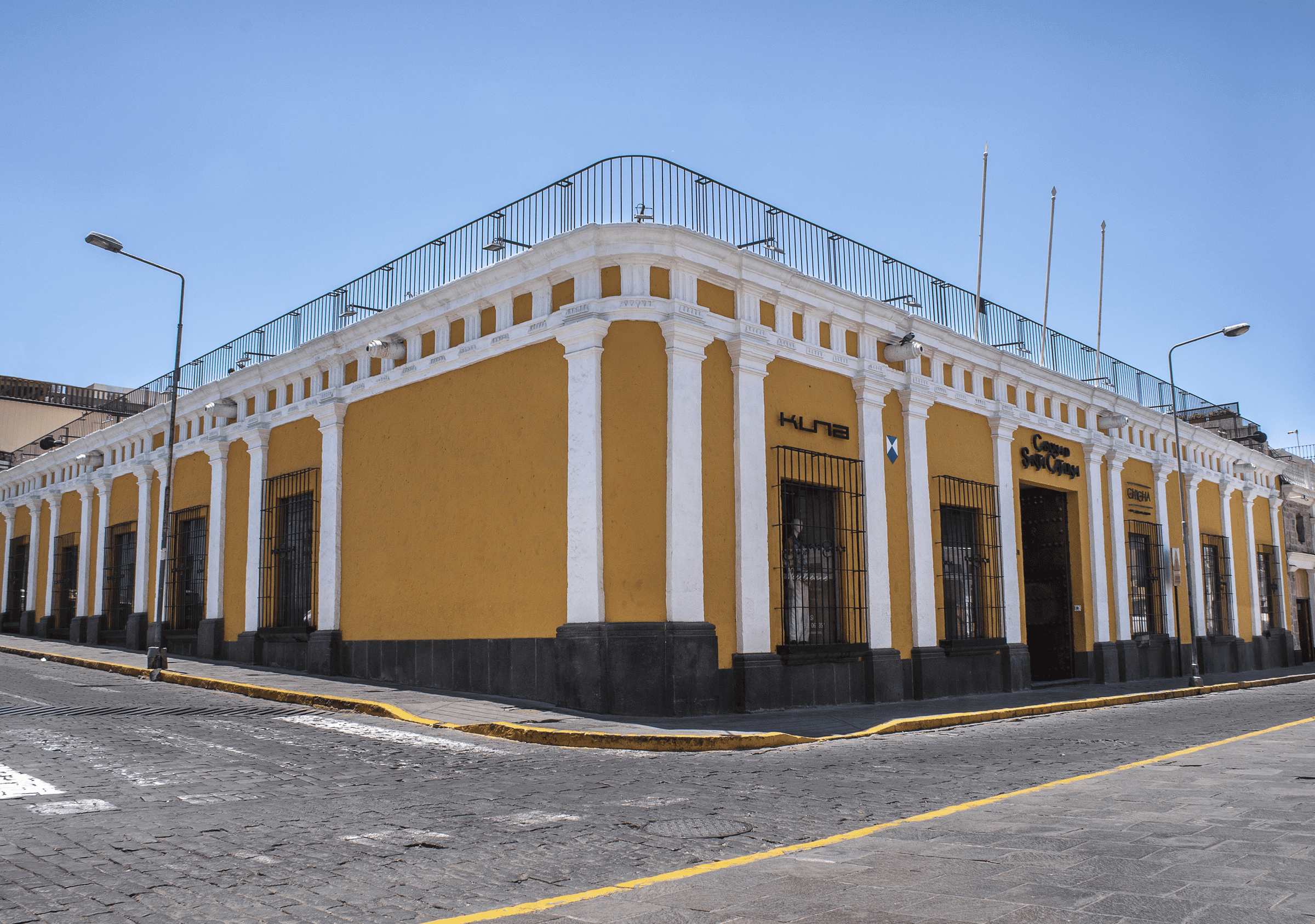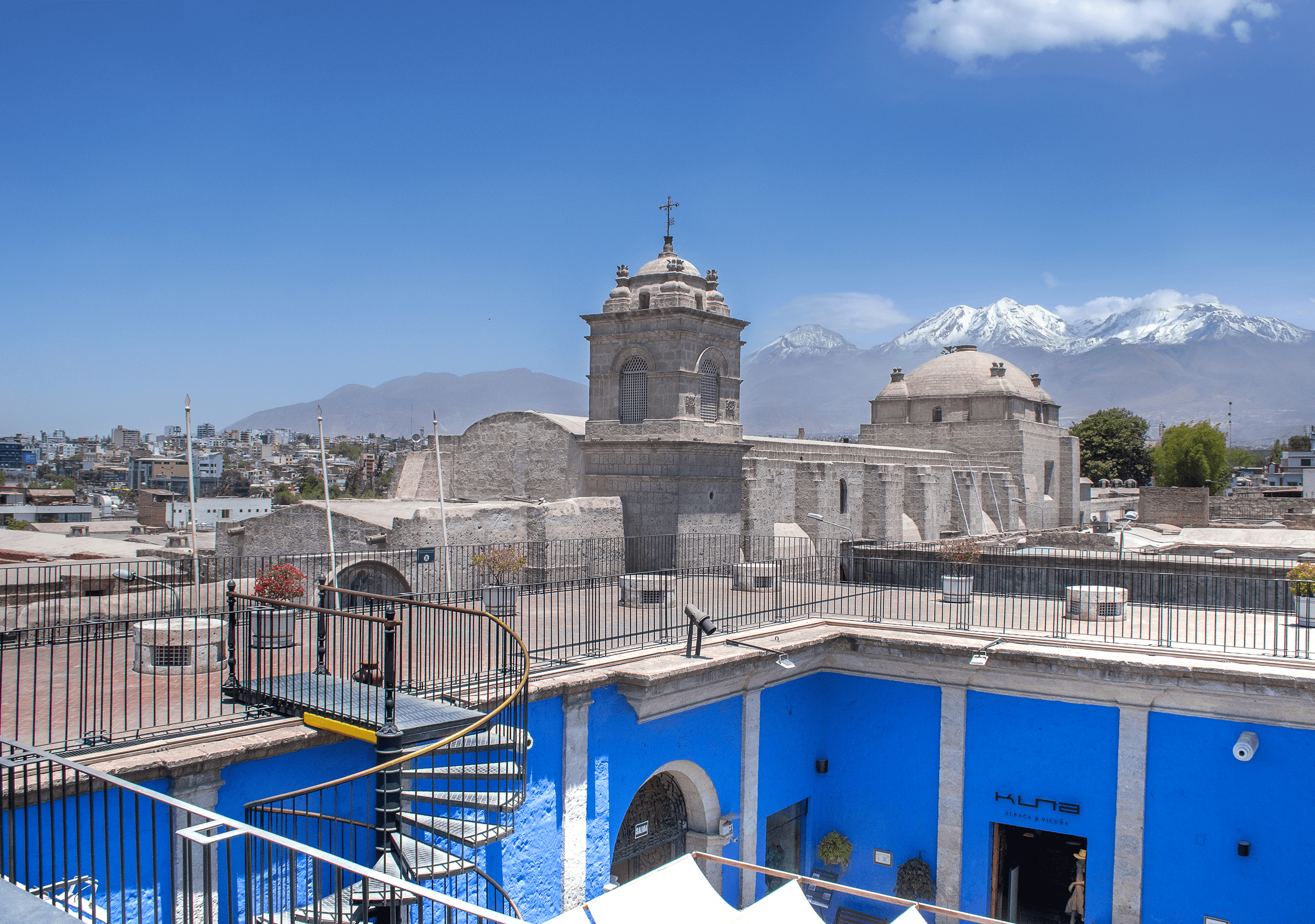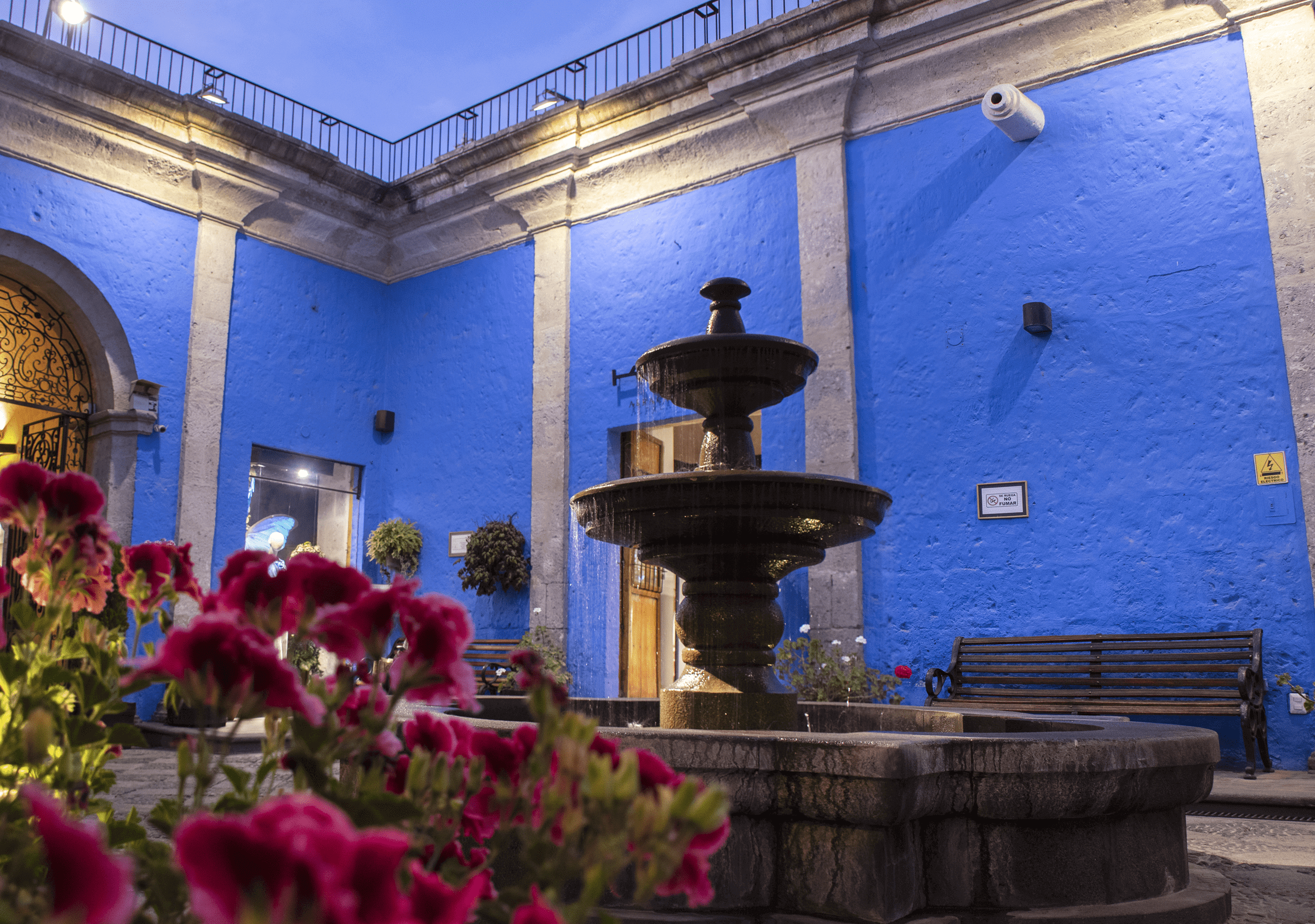
THE COMPANY
Servicios Turísticos Santa Catalina S.A. (SETURSA)
Servicios Turísticos Santa Catalina S.A. (SETURSA), is a private company created to operate the “CASONA DE SANTA CATALINA” It relies on Promociones Turisticas del Sur S.A., its main stockholder and contributor, as being the actual operator of the Santa Catalina Monastery, (considered the main and most important tourist attraction of Arequipa) with more than 35 years of experience in the area of tourism, and is also supported by other local entrepreneurs.



La Casona de Santa Catalina is the best alternative for local visitors and visitors from the rest of Peru and abroad. Inside its walls you will find products of the best quality as well as an extraordinary gastronomic offer. There you will find information specialized in local and national tourism and a choice of products that are most representative of the culture and tradition of Arequipa, as well as gastronomic services, entertainment, culture, communication and finances.
Our Promise
History
IN THE FOUNDATION.-
When the city of Arequipa was founded on August 15th, 1540, it was divided into 49 blocks, and in the middle of it was built the Main Square known as Plaza de Armas.
The founder, Don Garcì Manuel de Carvajal and the council members were the responsibles of following the command of Captain General and Governor of Peru, Don Francisco Pizarro. The assignment of the solar per neighbor, was verified considerating the merits made by those favored in the process of the Spanish Conquest and consolidation in the tahuantinsuyanas lands. Among the first neighbors and residents of the Villa Hermosa of Arequipa, included three of the “Thirteen of the Isla del Gallo” were graduates and doctors who came to Peru to lead the administrative directions of the colony and soldiers who were in the capture of Atahualpa in Cajamarca or in the “Siege of Cuzco”

traditional Casona Arequipan
traditional Casona Arequipan
Welcome to this traditional 18th Century Arequipan Mansion built from local volcanic stone and mortar by the indigenous and mixed race builders of the time. Entrance to the mansion is via the large main door leading to a vaulted hallway through which it was possible to pass on horseback or by carriage. The main rooms of the mansion are set around the first patio where important members of society such as Mayors, Judges, Governors and Church Authorities would have been received. Painter: Mr. Leonardo Ugarte Chocano. Historian: Mr. Dante Zegarra López.

The Rome of Peru
The Rome of Peru
The city of Arequipa has been referred to throughout its history as the Rome of Peru for the devout Catholicism of its people. It was common practice in the past for one of the daughters of important families to become a nun in one of the city's convents, and in particular the Santa Catalina Convent. Painter: Mr. Leonardo Ugarte Chocano. Historian: Mr. Dante Zegarra López.

Patio of the Casona
Patio of the Casona
Among the mansions rooms were the library, the main dining room, the music room and the bedrooms all of which had paved floors covered with alpaca rugs and carpets. During the afternoons it was common for the children of the family to play games such as blind man's bluff and tag with their friends in the large patio.

family dining room
family dining room
The servants working in the mansion, normally indigenous or mixed race people, would go to purchase supplies in the main square and from traveling muleteers arriving from outlying districts with produce for sale. These merchants would bring products such as wine and liquor, fruit, fish and dried seafood from the coast and several varieties of potato, coca leaves and yareta plants for fuel from the highlands. A hearth was located in a second patio where the yareta plants bought from merchants would be burnt as fuel. Painter: Mr. Leonardo Ugarte Chocano. Historian: Mr. Dante Zegarra López.

Garden of the Casona
Garden of the Casona
Located adjacent to the second patio was the family dining room in the form of a long corridor with a vaulted ceiling opening onto the garden. This room was complete with two chairs, a long table and two benches. The kitchen was located to one side where the hearth would have been found blackened by the constant burning of yareta and firewood gathered from lower slopes of the Chachani, Misti and Pichupichu volcanoes. Other adjoining rooms were used as storerooms and servants quarters and at the end there was a small orchard. The orchard contained fruit trees, vegetables and a wide range of flowers from which the women of the family produced aromatic essences. Painter: Mr. Leonardo Ugarte Chocano. Historian: Mr. Dante Zegarra López.


